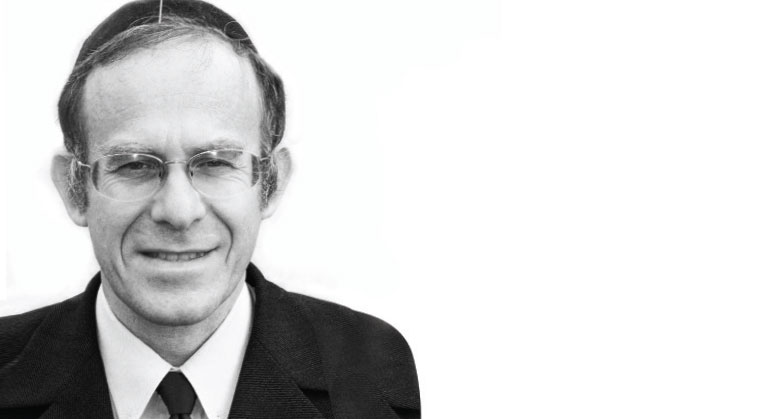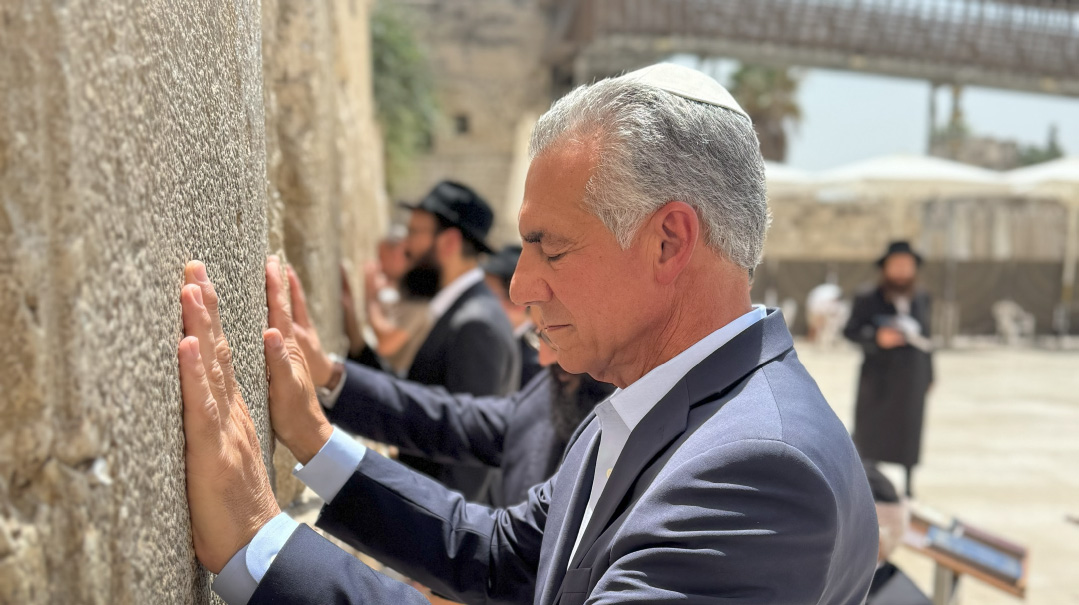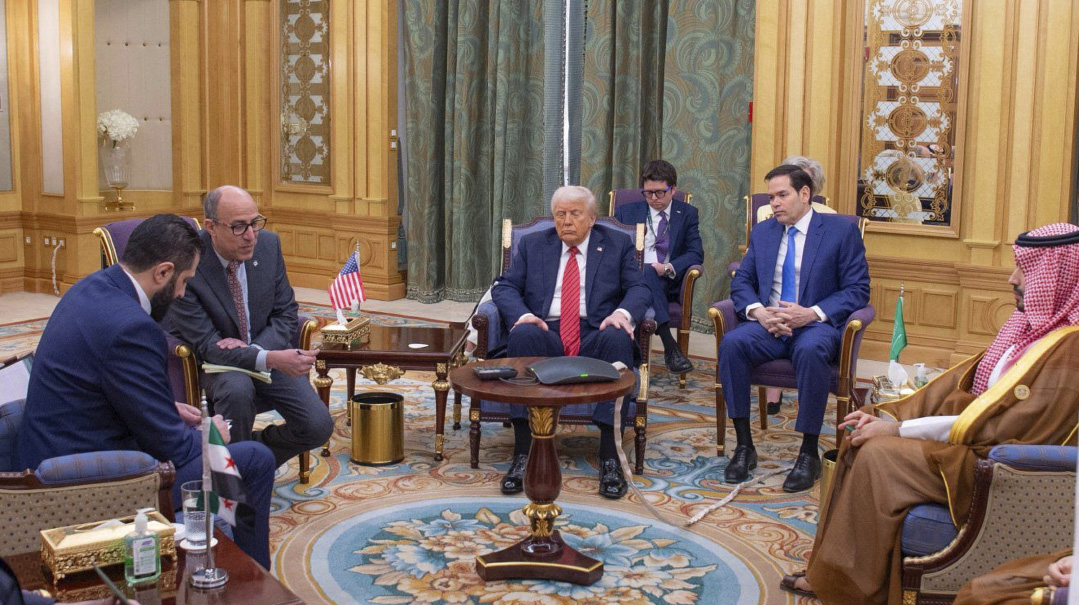Eliezer Tauber


O
On April 9, 1948, as the British Mandate was coming to an end, forces of Menachem Begin’s Irgun and the right-wing Lehi attacked the Arab village of Deir Yassin, west of Jerusalem between current-day Har Nof and Givat Shaul. Meeting unexpected resistance, the battle to take the village ended with, according to the New York Times, 254 villagers dead. Thus was born the story of the “massacre of Deir Yassin,” which has attained an iconic status in the Palestinian and anti-Zionist narrative.
But according to Professor Eliezer Tauber, dean of the Faculty of Jewish Studies at Bar-Ilan University and an expert on the Arab-Israeli conflict, there was, in fact, no massacre, only a battle. Against the backdrop of recent media bias over Gaza, Mishpacha spoke to Professor Tauber about the historical controversy, and the lessons for Israel’s position today.
Deir Yassin has become a major anti-Israel rallying call, with supporters of the Palestinians alleging that hundreds were killed. You write that in fact there was no massacre. So according to you, how many people were killed, and what makes your numbers accurate
In Deir Yassin, 101 people were killed, approximately 10% of the village’s population. The reason my numbers are accurate is that I was the first to compare the testimony of both sides. I was able to identify those who died based on the circumstances — for example, which house they died in. The Arab survivors of Deir Yassin have all died, but they left behind many interviews. In the late ’90s there was a huge project in the Palestinian Authority to interview survivors of Deir Yassin and other places from 1948. I can’t share with you how I got hold of the material, but what they said was striking, because it was so similar to the attackers’ testimony. Both sides said that what happened was a battle, not a massacre.
Why was the village of Deir Yassin attacked? Was it militarily justified?
There was in fact a treaty between the Haganah and the villagers in January of that year, but there are many reasons to believe that it wasn’t in force by the time of the attack in April. The reasons why the Irgun and Lehi chose to attack are complicated. They wanted to show the Haganah that they could carry off an attack, but they thought that Deir Yassin was an easy prey. They didn’t know that the inhabitants of Deir Yassin had received automatic weapons. This ended up working to the Arabs’ disadvantage, because it encouraged them to fight.
So if no massacre took place, how did this myth, as you call it, become an established fact?
Deir Yassin should have been forgotten as a marginal battle, but the massacre myth was invented by the deputy chairman of the Higher Arab Executive in Jerusalem, Hussein Al-Khalidi, to pressure the Arab states to attack. It was aided by the Etzel and Lehi, who saw that the propaganda was causing the Arabs to flee, so they did nothing to deny it. After the war, when Irgun members wrote books saying that it had been a battle, of course no one believed them, especially as the Haganah said that there was a massacre.
The same phenomenon happened among the Arabs. The people of Deir Yassin said it was a “battle,” and that they had fought bravely. But the Palestinian leadership told them “Don’t say it was a battle — say it was a massacre.” That approach boomeranged on the Palestinians, because it led to the Arabs fleeing across Palestine.
Was the attack only carried out by the Irgun and Lehi, or was there also Haganah involvement?
The HQ of the Haganah in Tel Aviv didn’t know about the attack, but a unit of the Palmach, the Haganah’s strike force, came to help during the battle. Because of the results — for political reasons — they tried to distance themselves, saying it was the Irgun and Lehi.
The Red Cross representative at the time, Jacques de Reynier, wrote of seeing 150 bodies in one cistern. You put the total figure killed at 101. What explains the difference?
I have a chapter about this in my book, Deir Yassin: End of a Myth [Hebrew: Deir Yassin, Sof Hamitos]. Jacques de Reynier only saw a small part of the village. What he said was what he was told by fighters of Etzel and Lehi, who exaggerated because of the effect it had of frightening the Arabs.
Well-known left-wing historian Benny Morris wrote of “mutilation” that the attackers perpetrated in Deir Yassin. Is that also not true?
That’s what he wrote long ago. But Benny Morris has recanted; he has since endorsed what I’ve written about Deir Yassin. In fact, I’m one of the few people who have endorsements from the right and left — from Benny Morris and Efraim Karsh.
Today Israelis complain about their hasbarah, meaning the shortcomings of their PR and international image. But it sounds like Deir Yassin was the first hasbarah failure. Was the press back then anti-Israel, and what are the lessons today?
Many people today point a figure at the New York Times for calling what happened a “massacre.” But in fact if you look at the original article, you see that the reporter puts it in quotation marks, meaning that he himself didn’t believe it. It was only after the Irgun and Lehi didn’t deny the reports, and the Haganah confirmed it, that it became established as fact. But the real catastrophe was for the Palestinians, because they fled as a result of a massacre that never took place.
My book is published in Hebrew, but when I approached Yale, Harvard, Cambridge, and Oxford to publish an English edition, they refused. They all said it was a very strong book, but they didn’t want to antagonize the Palestinians’ supporters. Today’s academics are betraying their profession by censoring history. Given the atmosphere on today’s US campuses, it’s not surprising. (Originally featured in Mishpacha, Issue 713)
Oops! We could not locate your form.













